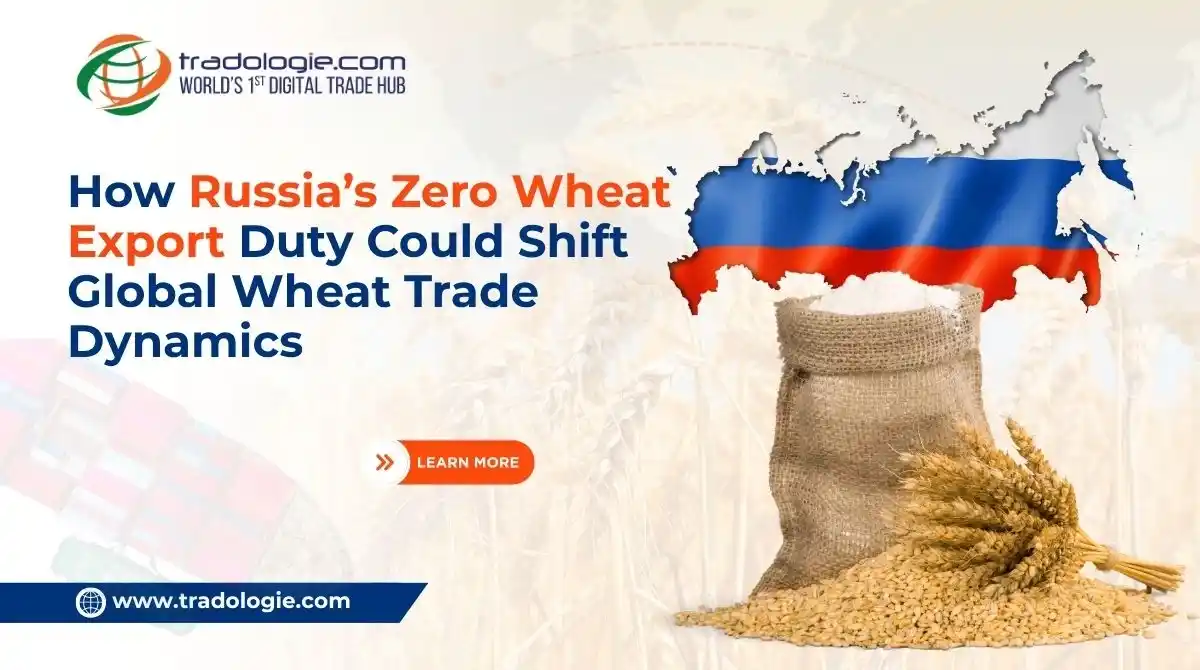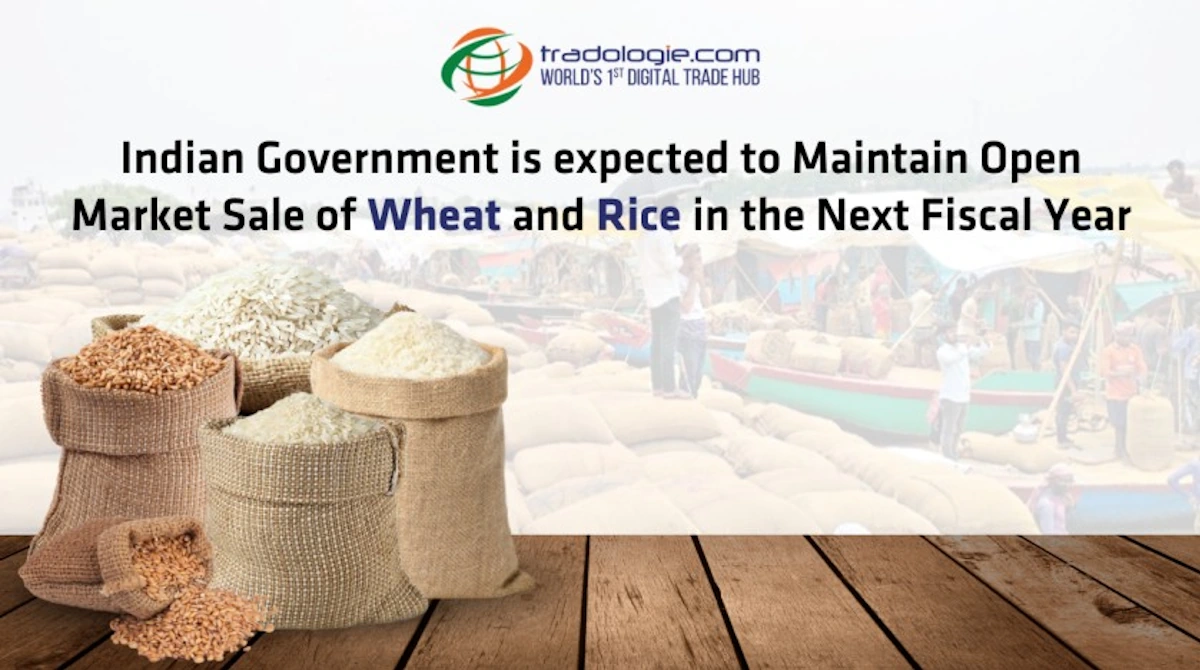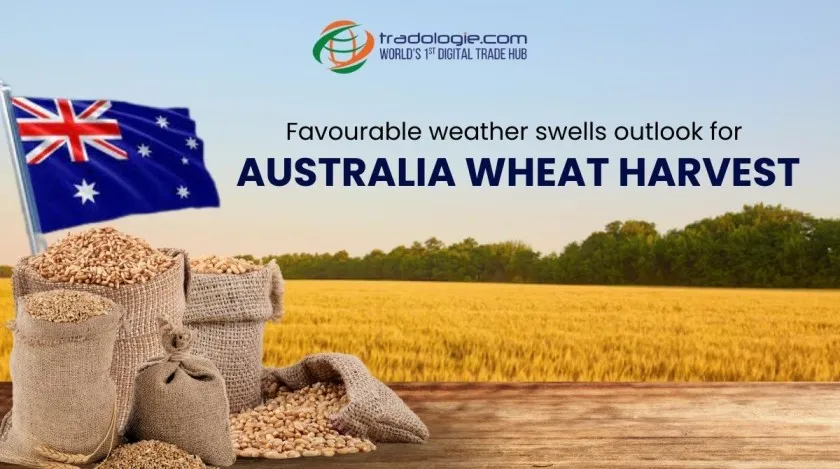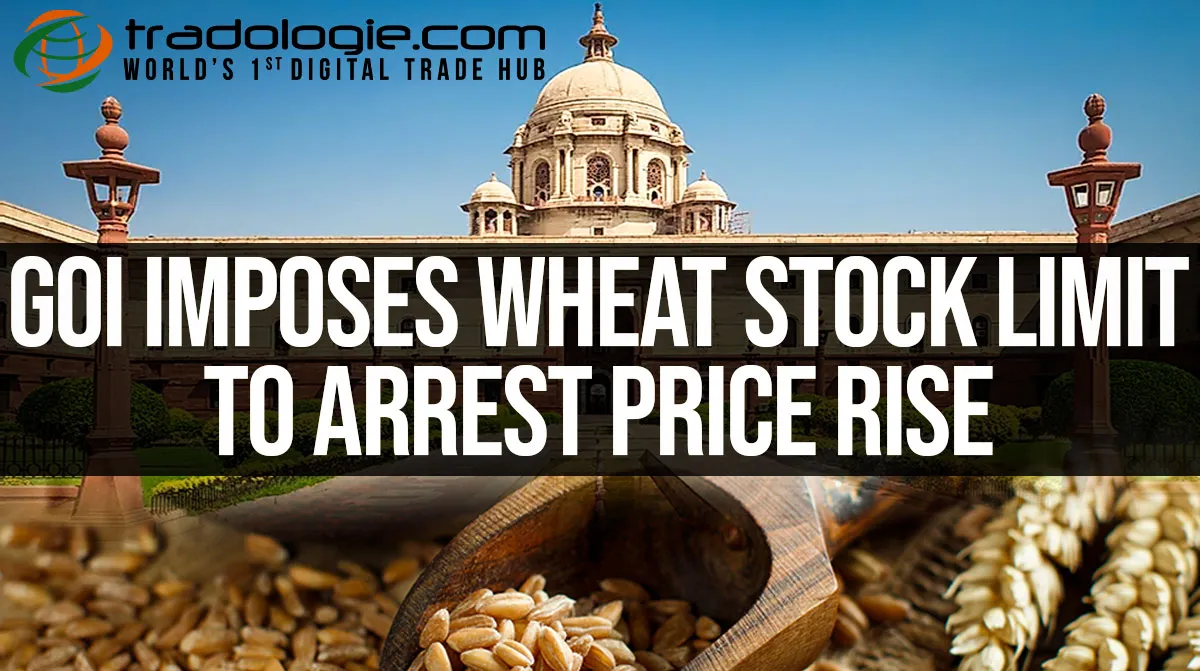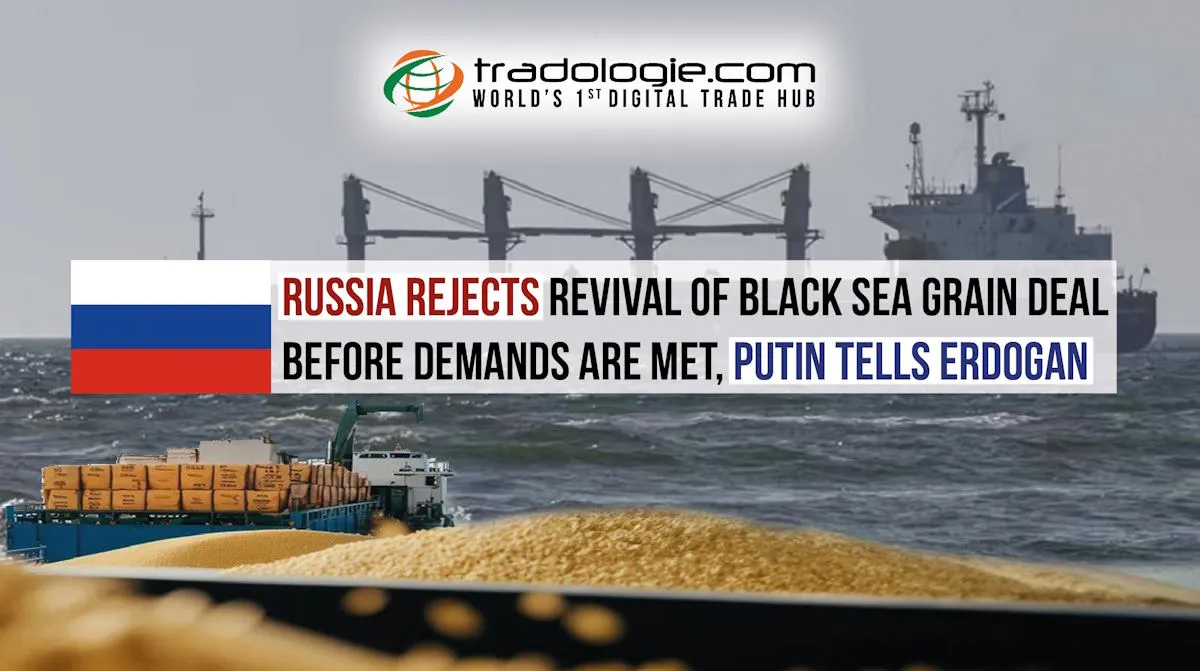Russia’s recent decision to suspend its wheat export duty for the first time since implementing the grain damper mechanism marks a critical inflection point for global wheat trade. For bulk wheat traders, and commodity market participants, this policy recalibration by the world’s top wheat exporter will reverberate across pricing structures, trade routes, and procurement strategies in the months ahead.
Keep reading this informative piece of newsletter, as it will provide you with the latest update on the decision and its probable impact on the market. So, let us get the ball rolling.
Background: A Tactical Pivot Amid Domestic Strain
The Russian Federation’s announcement of a zero export duty on wheat from July 9 to 15, 2025, underscores the acute pressures within its agro-industrial sector. A robust harvest globally has softened wheat benchmarks, while a strong ruble has inflated the dollar-denominated cost of Russian grain, eroding its competitive position. The high cost of domestic inputs and tight credit conditions further constrain Russian farmers, despite the country’s significant production capacity.
For Moscow, the zero-duty window serves as a tactical lever to reassert its footprint in traditional markets, where Russian wheat’s premium pricing had ceded ground to competing origins. Historically, Russian wheat has held a structural advantage due to its state-of-the-art freight efficiencies into MENA and parts of South Asia. However, the recent price disparities have challenged its uptake. The temporary removal of export levies is thus positioned to realign Russian FOB offers closer to global benchmarks, testing the resilience of competitor pricing from Europe, the United States, and Australia.
Implications for Price Formation and Trade Flows
For bulk wheat buyers monitoring price signals, the immediate expectation is a recalibration in Black Sea offers, which could inject softness into the broader wheat trade environment. While the one-week duration may seem narrow, it could trigger anticipatory moves by traders, with some suppliers accelerating shipments and buyers positioning for near-term coverage at more competitive levels.
It is speculated that Russia's move may pressure other bulk wheat suppliers to adjust their offers in the short term to maintain immediate market share, particularly in price-sensitive destinations such as Egypt, Bangladesh, and select Sub-Saharan African markets. The competitive dynamics could be further influenced if Russian authorities extend the zero-duty period, turning a tactical window into a strategic policy stance to capture volume and sustain port activity.
Impact on Bulk Wheat Importers and Procurement Strategies
For bulk wheat importers, this development warrants recalibration of near-term procurement strategies. While logistical constraints, insurance considerations, and geopolitical risks persist with Russian-origin wheat, the duty removal may render Russian offers sufficiently attractive to justify partial volume allocation, particularly for buyers seeking to hedge cost structures in an environment where margins remain tight.
Procurement desks will need to consider freight spreads, inland logistics costs within Russia, and the transactional frictions associated with Russian exports, including payment structures and vessel availability. Nevertheless, the zero-duty incentive could open a tactical short-term procurement window for traders and bulk wheat buyers positioned to navigate these complexities.
Supply Chain and Liquidity Considerations for Russian Exporters
For Russian exporters, the duty suspension offers an opportunity to liquidate inventories and improve cash flows amid a challenging domestic cost environment. However, elevated inland logistics expenses and the high cost of capital within Russia may cap the extent of price concessions, even with the duty relief. Exporters will need to balance volume targets with margin preservation, especially if the domestic inflation trajectory persists.
A Potential Shift in Global Wheat Trade Dynamics
In the broader context of wheat trade, Russia’s decision injects a measure of volatility and recalibration into an already fluid market. Should the zero-duty policy extend beyond the initial week, global price benchmarks could adjust downward, reinforcing bearish pressures in the absence of supply shocks elsewhere.
Moreover, Russia’s recalibration serves as a signal to the global market that policy levers will be actively deployed to sustain export flows despite internal pressures. For bulk wheat suppliers in other origins, this necessitates agile pricing and shipment strategies to retain competitiveness
Key Takeaways for Market Participants
- Monitor FOB and CFR offers from Russian suppliers closely during the duty-free period for tactical procurement opportunities.
- Evaluate logistics feasibility and insurance costs if shifting a portion of procurement to Russian origin.
- Assess competitor reactions in key export hubs, as price adjustments may follow to defend market share.
- Prepare for potential extensions of the zero-duty regime, which could influence Q3 and Q4 2025 trade flows.
Conclusion
Russia’s move to suspend wheat export duties represents more than a short-term cost adjustment; it reflects the intricate balancing act between supporting domestic producers and retaining global market share under economic constraints. For bulk wheat traders, understanding and acting upon these policy signals will be critical to optimizing procurement costs and managing exposure in the evolving landscape of global wheat trade.

